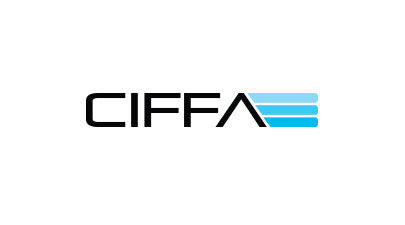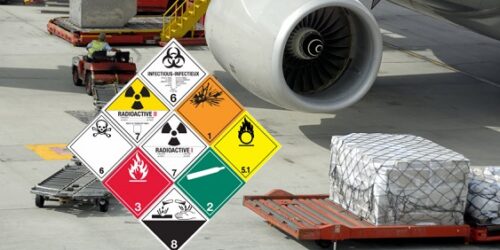CIFFA Exam Sample Questions & Answers – Payments

CIFFA Exam Sample Questions & Answers – Payments
- List the four modes of settlement available in international transactions.
Advance payment.
Open account.
Documentary collection.
Documentary credit (or letter of credit).
- List three instances when it is not advisable or possible to sell to a foreign buyer on an open account.
- When there are currency restrictions, import permits or quotas or where open accounts are prohibited.
- In countries where political instability or economic instability make it an unreliable way of receiving payment for your goods.
- When you feel that the buyer will not pay as agreed.
- Explain the process of documentary collection and list the two important documents involved.
The exporter engages a bank to do the collecting at destination via a corresponding bank. All shipping documents and a bill of exchange are given to the bank which will not release the goods to the importer until they have collected the commercial invoice amount or obtained an accepted term bill of exchange.
The two important documents are the bank collection form and the bill of exchange.
- What are the exporter’s disadvantages when choosing a documentary collection to receive payment for his goods?
The bank acts as a collection agency. The goods will arrive at destination and if the importer cannot pay, the exporter will have to decide if he pays to bring back the goods or try to sell them to another client, possibly at a loss.
- When using documentary collection as the method of payment on an ocean freight shipment, how would you consign the bill of lading?
Consigned: to order blank.
- Define a bill of exchange.
An unconditional order in writing where one party undertakes to pay another party a named sum of money at presentation or at a given date.
- What is a sight bill of exchange?
A bank draft payable upon presentation.
- What is a term bill of exchange?
A bank draft payable at a specified later date. It is accepted by the signature of the drawee.
- On a bill of exchange, who is the drawee and who is the drawer?
Drawee: the party that has to pay.
Drawer: the party that wants the money.
- Briefly define the following terms:
Drawer: The party requesting payment or issuing the bill of exchange (exporter).
Drawee: The party specified in the bill of exchange from whom payment is demanded (importer).
Tenor: The time allowed to the importer for payment of an accepted bill of exchange.
Remitting bank: The bank acting on behalf of the exporter.
Collecting bank: The bank in the importer’s country, collecting payment.
Direct collection: There must be trust between the exporter and importer and no restrictions in the country of import. Payment against presentation of documents.
- What is meant by “acceptance”?
The drawee accepts the bill of exchange, thereby agreeing to pay at the date of maturity of the bill of exchange. Acceptance is done by the drawee, signing over the face of the bill of exchange the word “accepted” along with the date.
- What is meant by “documents on acceptance”?
The collecting bank (drawee’s bank) releases the transport documents to the drawee, after the drawee has properly accepted a term bill of exchange.
- Under documentary collections, a mutual trust has been established between the exporter and the importer. Also, the exporter must contract an adequate credit insurance policy in order to secure the abroad accounts receivables.
- An air waybill must be consigned to a party or bank because it is a non-negotiable document.
- The importer usually pays the banks’ fees for documentary collections.
- Name the two basic types of documentary collection.
- Documents against payment.
- Documents against acceptance.





